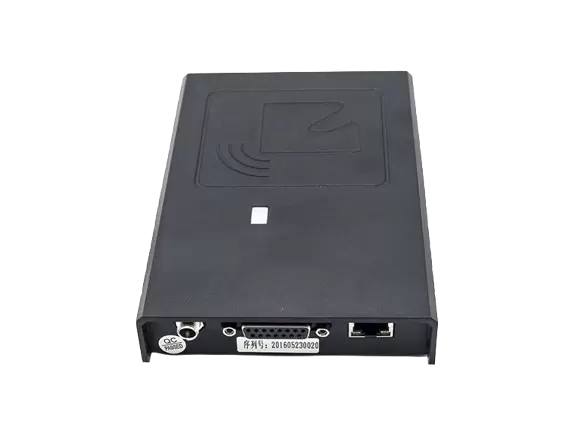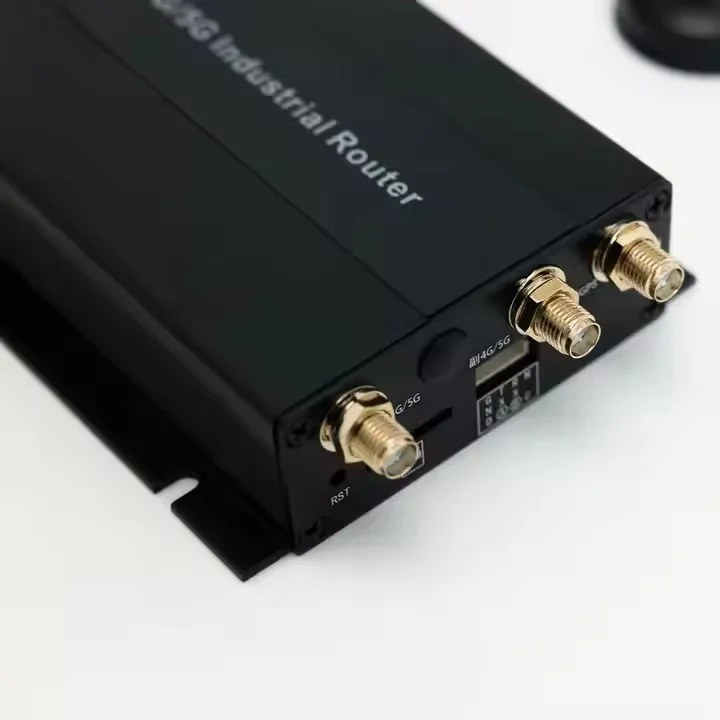In the realm of electricity, one question often arises: What is the most used electric current? The answer lies in the ubiquitous presence of Alternating Current (AC). In this blog post, we will delve into the depths of AC current, exploring its significance, applications, and the reasons behind its widespread adoption. Join us on this electrifying journey as we unravel the power behind AC current.
- The Genesis of AC Current:
AC current, also known as Alternating Current, was first conceptualized and developed by the brilliant mind of Nikola Tesla. Unlike its counterpart, Direct Current (DC), AC current oscillates in both direction and magnitude. This unique characteristic revolutionized the world of electricity, enabling efficient transmission and distribution over long distances. - The Significance of AC Current:
AC current's dominance can be attributed to its numerous advantages. Firstly, AC current allows for easy voltage transformation through the use of transformers, facilitating efficient transmission across power grids. Secondly, AC current can be generated using various sources, including fossil fuels, hydroelectric power, and renewable energy, making it versatile and adaptable to different energy generation methods. - Applications of AC Current:
AC current finds its application in almost every aspect of our modern lives. From powering our homes and offices to driving industrial machinery, AC current is the lifeblood of our electrical infrastructure. It is the force behind our appliances, lighting systems, heating, ventilation, and air conditioning (HVAC) units, and much more. Furthermore, AC current is instrumental in the operation of electric motors, which are crucial components in industries such as manufacturing, transportation, and robotics. - The Science Behind AC Current:
To comprehend the inner workings of AC current, we must understand its fundamental principles. AC current is characterized by its frequency, measured in Hertz (Hz), which determines the number of oscillations per second. The standard frequency for most power systems worldwide is 50 or 60 Hz. Additionally, AC current exhibits sinusoidal waveforms, allowing for efficient transmission and reduced power losses. - The Future of AC Current:
As technology continues to advance, AC current remains at the forefront of electrical innovation. With the rise of renewable energy sources, such as solar and wind power, AC current plays a pivotal role in integrating these sources into the existing power grid. Furthermore, advancements in power electronics and smart grid technologies are enhancing the efficiency and reliability of AC current systems, paving the way for a sustainable and interconnected energy future.
Conclusion:
In conclusion, the most used electric current, without a doubt, is AC current. Its inception by Nikola Tesla and subsequent widespread adoption have revolutionized the way we harness and utilize electricity. From its significance and applications to the underlying science and future prospects, AC current continues to power our modern world. So, the next time you switch on a light or charge your devices, remember the invisible force that keeps our lives electrified – AC current.








+ There are no comments
Add yours